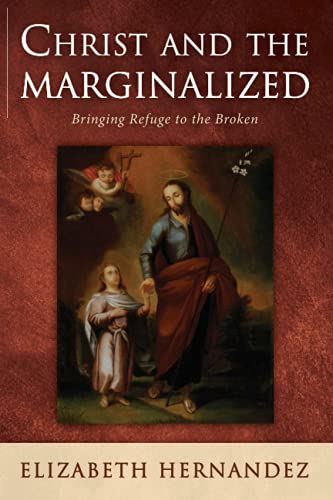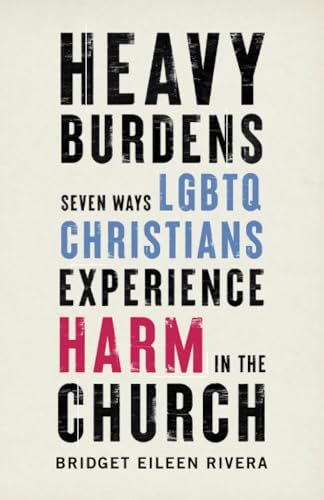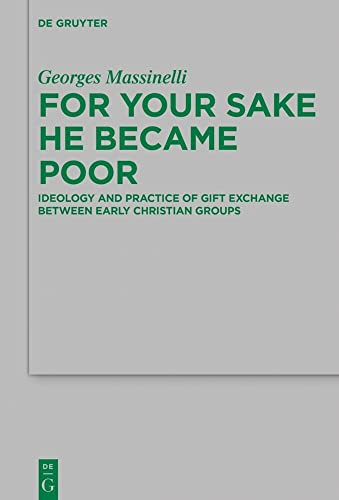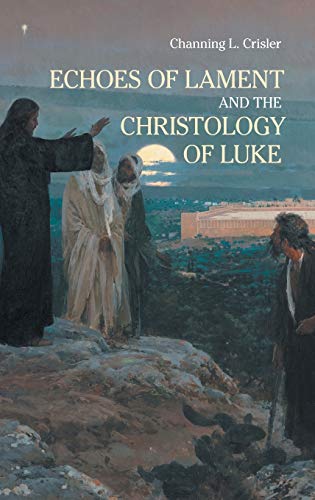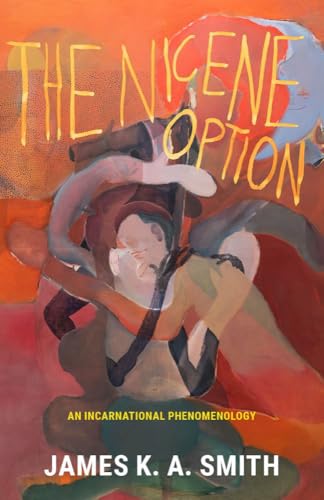Christ and the Marginalized: Bringing Refuge to the Broken
Written by Elizabeth Hernandez Reviewed By Ted NewellElizabeth Hernandez urges that Christian counseling services are a way of urban mission and ministry. The founder and former director of The Place of Refuge, a counseling service in Philadelphia’s inner city, Hernandez explains her three decades of work with mainly Puerto Rican women and men. Her counseling agency contextualized Christian counseling using secular resources and accreditation. The book is to equip local church members to counsel, to encourage traumatized inner city Christian believers and others.
Hernandez, a second-generation puertoricana, realized how restorative evangelical ministry can be after connecting with a Puerto Rican church in the Bronx in her teen years. She says the key to effective counseling is to understand the personal and social context of the sufferers. Appreciating Puerto Rican marginalization and the continuing influence of their home culture is essential to ministry. In Philadelphia as in the Bronx, structural racism brings severe personal problems (p. 13). History illuminates the Puerto Rican context. American interactions with the Caribbean island after the Spanish-American War of 1898 revolutionized its governance, religion, language, and authority, encouraging an individualistic identity over a communal one. After Puerto Ricans began to migrate to the mainland after the 1950s, American racism and resistance to assimilation on both sides left them as an underclass (p. 21). As a result of their marginalization, Puerto Ricans have startlingly lower rates of achievement than those of the majority culture. But knowing their story brings empathy. Hernandez tells of a counselor and army veteran whose PTSD was triggered by inner-city experiences. Hyperarousal elicited his anger, but learning something of Puerto Rican history freed him, giving him compassion for those he served.
Hernandez says that many inner-city Hispanics come to counseling with a spirit crushed from a history of suffering. The physical community with littered sidewalks reflects Puerto Ricans who “internalize their subordination through lack of care for the environment or community” (p. 22). Philadelphia police call the area “the Badlands.” But Hernandez urges that these are “not lazy people,” though “stereotypes of laziness, entitlement, poor character, and so forth” represent a challenge (p. xii). These are mostly American citizens or people who aspire to citizenship. They persist through great suffering. Their community has strengths and challenges (p. xiii).
In Hernandez’s early counseling in Philadelphia, she found that most Hispanic clients experienced a strictly clinical approach as incomprehensible. “It has been difficult for me to implement existing counseling psychology while treating psychological symptoms, since my training reflected the norms of middle-class whites” (p. 159). Hispanic clients desired Spanish language sessions, less formality, and professional but warm interaction. Since low-income minority populations in an inner-city setting are traumatized—especially women (p. 96)—her counseling model has five foci: trauma treatment, cross-cultural competency, advocacy, lay counseling, and faith-based intervention.
Gender is a significant ministry issue here. Hispanic women’s identity is centered on relationship with family; no category exists for a woman on her own (p. 17). Male machismo sponsors a corresponding female marianismo under the influence of Catholicism, an identity in considerable tension with an imperative for sexual attractiveness. The result is a madonna/whore dichotomy with clear potential for a madonna/victim (p. 20). Some Hispanic women adopt hembrismo in reaction, a strong female identity suited to work settings but creating tension in home settings. Christian counseling can help relieve those tensions by lifting up the biblical vision of women’s image-bearing dignity.
Hernandez’s experience and analysis leads her to prioritize ministry by local churches. The Bronx church gave Puerto Ricans an awareness that they are “made in the image of an awesome and holy God,” “regardless of how secular American culture systematically diminished us as a people” (p. 23). Hernandez saw the sanctification of her culture in the church (p. 9). A case study of one counselee introduces readers to a victim of poverty, physical and sexual abuse, at points a prostitute and drug abuser. But “Maria” experienced conversion, and her “healing will come out of holy relationships, rooted in the sacredness of the gospel … modeling that we can create a space for her of safety and trust” (p. 168). In Hernandez’s lens, the greatest assets Puerto Rican communities possess are their religious leaders.
The Refuge counseling model relies on parallel perspectives rather than an integrated model. Chapter 2 lays out the theological schema of creation, fall and redemption to accent the “irreplaceable” role of suffering as witness to Christ by God’s people in local communities. But the theology is not connected in chapter 3, where neuroscience is said to reveal trauma’s effect on the brain. Hernandez uses models of trauma recovery from Sanctuary and Bruce Perry. Though she calls for an integration of scientific findings with biblical faith, she takes the empirical data at face value. She does not question the assumptions that generate the data or interrogate the relation of brain to mind. However, trauma research functions at least to sensitize counselors to the effects of long-term suffering on counselees.
Chapter 4 tells how the Place of Refuge saw its lay counseling model diffused to government and other organizations. The model developed from work with interns, community presentations, and church workshops. Modules came to include training on listening, trauma, suicide prevention and intervention, cross cultural competency, bereavement, and others—now eight modules for lay counselors. In keeping with the emphasis on the local church as healer, a lay counseling outreach should not create human dependency but created dependency and the thirst for God. Chapter 5 details how churches and agencies are using the Refuge model.
Hernandez’s big contribution is a theology of hope in conditions of suffering that may not get much better, but under which one can live with dignity—if the suffering of Christ is the pattern. Those who are convinced that holistic caregiving means joining the fight against socio-economic conditions, including endemic racism, will struggle with the message of this book. But Hernandez has a big God and a sober view of the human situation in which sin persists and redemption is a present reality. For her, recovering from trauma can be much helped when the sufferer gets an idea that God can work through evil for good (p. 152). Historically, the belief that God in Christ is with them in suffering did not disable but empower marginalized communities to fight for justice; the confidence gave them agency. Hernandez’s approach does not exclude activism. But in an activist era where many deeply desire structural change, the suffering and victory of God are a counter-cultural message. Hernandez is either preaching irresponsible quietism or equipping others to pass out cups of water so God’s people go the distance in truly hard places. For Hernandez, Christian counseling gives heart to hard-pressed inner-city folk. It is a vital element of urban mission.
Ted Newell
Ted Newell
Crandall University
Moncton, New Brunswick, Canada
Other Articles in this Issue
This article examines Christopher Nolan’s three most recent films, Interstellar (2014), Dunkirk (2017), and Tenet (2020), through the lens of Christianity’s preeminent theological virtues: love, hope, and faith, respectively...
Syncretism—the blending of two or more religious paradigms—threatens Christian witness around the world...
Revisiting “the Time of Abiathar the High Priest”: Interpretation, Methodology and Ways Forward for Understanding Mark 2:26
by William B. BowesMark 2:26 has presented itself as a difficult textual and historical problem for interpreters...
Give Honor and Vote? A Reflection on the Christian’s Voting Conscience and Romans 13:1–7
by Robert GoldingPaul’s instruction in Romans 13:1–7 can be applied to Christian voting behavior in the West...
Hell for a Single Sin: A Response to Robert Golding’s Asymptotic Theory of Those in Hell
by Paul DirksThis article is a response to Robert Golding’s recent essay, “Making Sense of Hell,” in which he contends for the logic of eternal punishment on the basis of a progressive and asymptotic conception of sin and sinners in hell...


